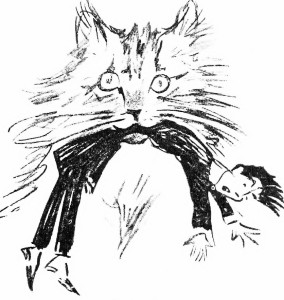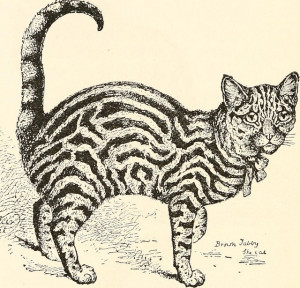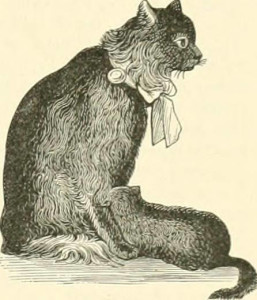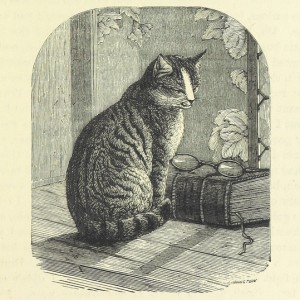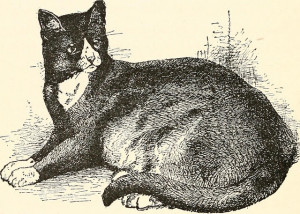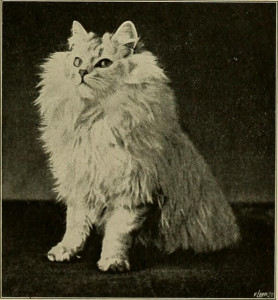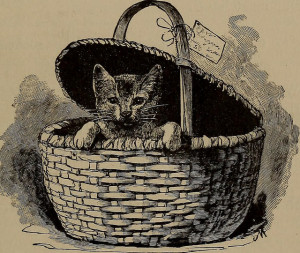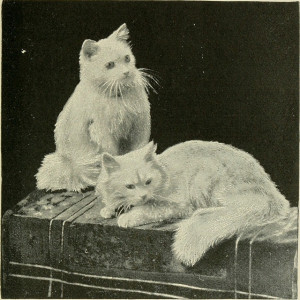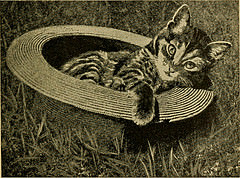
11th chat, August 12th 2014: affect & critical pedagogy
Moderated by @kellymce
Topic: For today’s chat, we’re using Shroeder and Cahoy’s (2010) definition of the affective domain as including one’s “attitudes, emotions, interests, motivation, self-efficacy, and values.” The proposed Framework for Information Literacy identifies affective learning outcomes under the Dispositions section of each frame.
Discussion questions:
- Q1: For better or worse, how have you seen feelings at play in the library classroom?
- Q2: In what ways do you adapt to the values/attitudes/emotions of particular learners?
- Q3: The proposed IL framework includes Dispositions to address affective elements within each concept. Taking the “Info Has Value” as an example, how well do these dispositions cover a #critlib perspective?
- Learners who are developing their information literate abilities:
- Respect the original ideas of others and the academic tradition of citation and attribution.
- Value the creative skills needed to produce information.
- See themselves as contributors to the information marketplace rather than only consumers of it.
- Recognize issues of access or lack of access to information sources.
- Understand that some individuals or groups of individuals may not be represented within the information ecosystem. (http://acrl.ala.org/ilstandards/wp-content/uploads/2014/02/Framework-for-IL-for-HE-Draft-2.pdf, starting at line 417)
- Learners who are developing their information literate abilities:
- Q4: How can these attitudes/values/emotions be built into library instruction?
- Q5: How do our attitudes/values/emotions as teachers affect our students?
